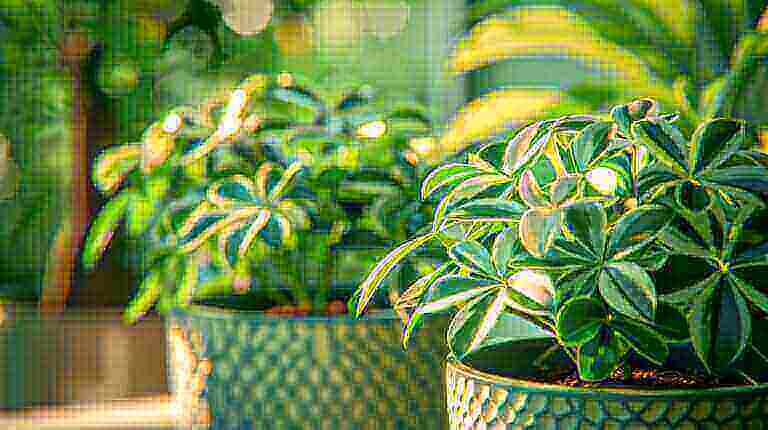Discover the secrets of propagating a Chinese Evergreen plant with our comprehensive step-by-step guide.
Like a guiding light illuminating your path, this article will provide you with detailed instructions on choosing the right propagation method, gathering the necessary materials, and preparing the parent plant.
Whether through division or stem cuttings, you’ll learn how to successfully propagate this beautiful plant, serving your desire to cultivate and share its beauty with others.
Key Takeaways
- Propagation method is crucial for successful propagation of Chinese Evergreen plant.
- Popular method: propagation through stem cuttings.
- Division method used when plant becomes overcrowded or needs rejuvenation.
- Two crucial materials: right pot and appropriate soil.
Choosing the Right Propagation Method
The choice of the right propagation method is crucial when attempting to propagate a Chinese Evergreen plant. There are several different propagation methods to choose from, each with its own advantages and requirements. Understanding these propagation requirements is essential for successfully propagating the plant.
One popular method is propagation through stem cuttings. To do this, select a healthy stem and cut it just below a node. Remove the lower leaves and dip the cut end in a rooting hormone. Place the cutting in a well-draining potting mix and keep it consistently moist.
Another method is division, which involves separating the plant into smaller sections. This method is best done when the plant has become overcrowded or needs rejuvenation.
Gathering the Necessary Materials
To successfully propagate a Chinese Evergreen plant, it is essential to gather the necessary materials and ensure they are readily available. Two crucial materials needed for propagation are the right pot and appropriate soil.
When choosing a pot, opt for one that is slightly larger than the parent plant’s current container, allowing room for growth. It’s important to select a pot with drainage holes to prevent waterlogged soil, which can lead to root rot.
Additionally, when selecting the appropriate soil, a well-draining mix is key. A combination of potting soil, perlite, and peat moss is recommended to provide adequate moisture retention and proper aeration for the plant’s roots.
Once you have gathered these materials, you can proceed to prepare the parent plant for propagation.
Preparing the Parent Plant for Chinese Evergreen Propagation
Before beginning the propagation process, it is important to ensure that the parent plant is in optimal condition for successful propagation. Pruning techniques play a crucial role in preparing the parent plant. Start by identifying any dead, diseased, or damaged foliage and remove them with sterilized pruning shears. This helps promote healthy growth and prevents the spread of any diseases or pests. Additionally, pruning encourages new growth and helps maintain the desired shape of the plant.
Another important aspect to consider is the soil requirements for the parent plant. Chinese Evergreens prefer well-draining soil that is rich in organic matter. A mixture of peat moss, perlite, and potting soil works well for these plants. It is essential to ensure that the soil is moist, but not overly saturated, as excessive moisture can lead to root rot.
Propagating the Chinese Evergreen Through Division
To propagate the Chinese Evergreen through division, you will need a sharp, sterilized knife or garden shears and a suitable potting mix. Follow these steps to propagate your Chinese Evergreen successfully:
- Carefully remove the parent plant from its pot and gently shake off excess soil to expose the root system.
- Use the sterilized knife or garden shears to separate the root system into smaller sections, ensuring that each section has healthy leaves and roots.
- Plant each divided section in a separate pot filled with a suitable potting mix.
- Water the newly potted divisions thoroughly and place them in a warm, well-lit area.
- Monitor the moisture levels and adjust watering accordingly to prevent overwatering or underwatering.
Troubleshooting common propagation issues: if the divided sections fail to root, check for rotting or damaged roots and remove them before replanting. If the leaves wilt or turn yellow, adjust the watering and lighting conditions accordingly.
Propagating Chinese Evergreen Cuttings
The Chinese Evergreen can also be propagated through stem cuttings, and this method is an effective way to create new plants.
To propagate the Chinese Evergreen using stem cuttings, follow these steps:
- Select a healthy stem: Choose a stem that is about 4-6 inches long with at least a few leaves.
- Prepare the cutting: Make a clean cut just below a node, which is where the leaves are attached to the stem.
- Remove lower leaves: Trim off the lower leaves, leaving only a few at the top.
- Dip in rooting hormone: Dip the cut end of the stem in rooting hormone to promote root growth.
- Plant the cutting: Place the cutting in a pot filled with moist, well-draining soil.
- Provide the right conditions: Keep the cutting in a warm and humid environment, with indirect sunlight.
- Monitor and care for the cutting: Water the cutting regularly, keeping the soil consistently moist. After a few weeks, roots should start to develop.
Frequently Asked Questions
Can I Propagate a Chinese Evergreen Plant Using Leaf Cuttings?
Propagation methods for Chinese Evergreen plants include various techniques such as stem cuttings, division, and leaf cuttings.
When it comes to propagating Chinese Evergreen with leaf cuttings, it is indeed possible. Leaf cuttings can be taken from healthy, mature leaves and placed in a suitable rooting medium. With proper care and conditions, these leaf cuttings can develop roots and eventually grow into new plants.
This method offers an effective way to expand your Chinese Evergreen collection.
How Long Does It Take for a Chinese Evergreen Plant to Root After Division?
The rooting time of a Chinese evergreen plant after division can vary depending on several factors. These factors include the health and maturity of the plant, the environmental conditions such as temperature and humidity, and the care taken during the division process.
To promote root growth during propagation, it is important to provide the plant with a suitable rooting medium, adequate moisture, and proper lighting conditions.
Can I Propagate Aglaonema Chinese Evergreen Plant in Water Instead of Soil?
Propagation alternatives for Chinese Evergreen plants include water propagation, which involves rooting the plant in water instead of soil. This method offers several benefits, such as increased visibility of root development and easier monitoring of plant health. Water propagation also eliminates the risk of overwatering or underwatering the plant.
However, it is important to note that Chinese Evergreen plants may take longer to establish roots in water compared to soil. Careful monitoring and regular water changes are essential for successful water propagation.
Can I Use a Heating Mat to Speed up the Rooting Process of Stem Cuttings?
Using a heating mat for Chinese evergreen propagation can indeed speed up the rooting process of stem cuttings. By providing consistent warmth to the cuttings, a heating mat creates the optimal conditions for root development. The increased temperature stimulates the growth of new roots, leading to faster establishment of the plant.
This method is particularly useful in cooler climates or during the winter months when natural warmth may be insufficient. Incorporating a heating mat into the propagation process can significantly improve success rates and shorten the overall time required for rooting.
What Is the Success Rate of Propagating Chinese Evergreen Plant Through Division Compared to Stem Cuttings?
The success rate of propagating a Chinese Evergreen plant through division compared to stem cuttings may vary.
Division involves separating the plant into smaller sections, each with its own roots, while stem cuttings involve taking a portion of the stem and encouraging it to form roots.
The success rate of division is generally higher, as each section already has its own roots. However, stem cuttings can also be successful if proper care and conditions are provided.
Factors such as the health of the plant, environmental conditions, and care techniques can influence the success rate of both methods.







